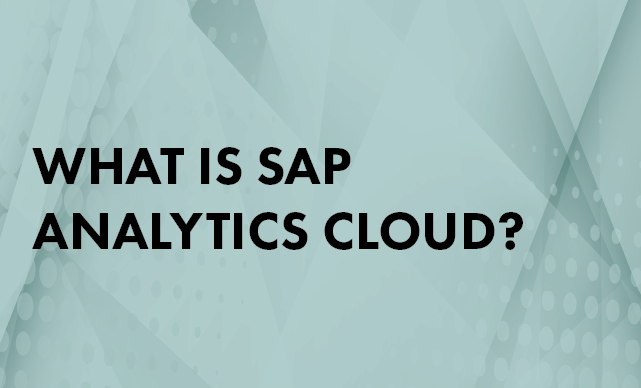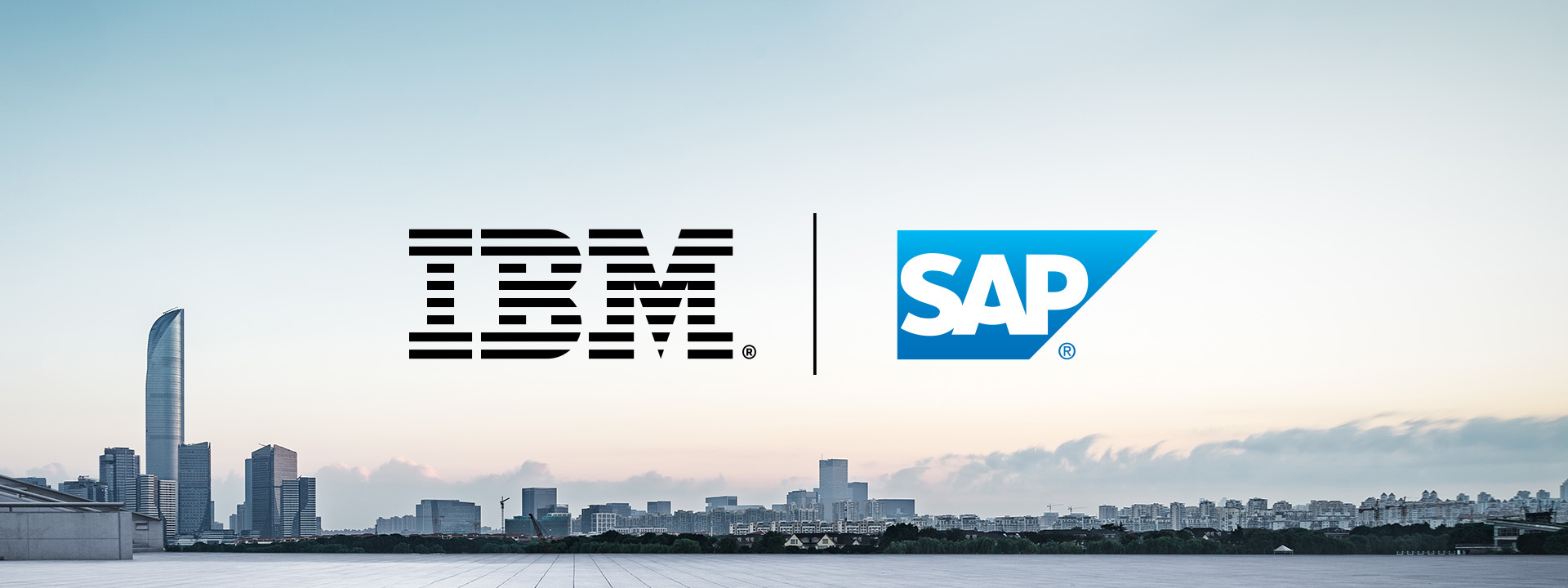cbs Wins SAP Hack2Build with AI-Powered Integration Monitoring Assistant
Meet the Authors
Key Takeaways
cbs Corporate Business Solutions won SAP's Hack2Build pilot initiative with ADAM, an AI assistant that simplifies error monitoring in SAP Integration Suite, reducing technical jargon and improving user experience.
ADAM democratizes integration monitoring by enabling both technical and non-technical users to address interface failures quickly through natural language interactions, enhancing collaboration among cross-functional teams.
The Hack2Build event highlights the maturing market for AI-assisted operations, with opportunities for organizations to leverage adaptive, AI-driven monitoring tools that improve efficiency and reduce dependency on IT resources.
cbs Corporate Business Solutions has won SAP’s Hack2Build pilot initiative with ADAM (AI-Driven Active Monitoring), an AI-powered assistant that transforms how organizations monitor and troubleshoot SAP Integration Suite errors. The company was chosen from 12 partners during the week-long hackathon that ended July 9, 2025, with judges applauding ADAM’s innovative use of SAP’s new Joule Studio feature.
The Hack2Build pilot program offered selected partners early access to Joule Studio in SAP Build before its official launch. It challenged them to develop custom AI agents and skills with agentic AI. cbs created ADAM to solve a common issue for SAP customers: the technical and sometimes confusing error messages that appear when integrations fail in SAP Integration Suite, often leaving IT professionals and business users struggling to understand root causes and find solutions.
Turning Technical Jargon into Actionable Guidance
ADAM transforms the experience of interface monitoring by analyzing integration logs through natural language interaction with SAP Joule. ADAM uses comprehensive SAP knowledge and customer-specific knowledge bases to address four critical pain points: cryptic error messages, manual log analysis, dependency on experts, and real business impacts including delayed orders and production halts.
Explore related questions
The architecture behind ADAM demonstrates sophisticated integration of SAP’s AI foundation. The solution implements multiple distinct skills, using a combination of SAP Build, SAP Cloud Application Programming Model, Python services, and SAP HANA Cloud to deliver real-time support. A Python-based data management service collects data from custom sources, vectorizes the content, and stores it in a HANA Cloud database to enable semantic search during user interaction.
At the core of ADAM’s intelligence is a Retrieval-Augmented Generation pipeline that understands interface logs, searches for relevant insights, and delivers matching suggestions instantly in plain, natural language. The solution matches errors with publicly available and internal customer knowledge bases, with plans to extend functionality to auto-resolve recurring errors directly in SAP Cloud Integration.
According to an analysis by cbs, the business case for ADAM is compelling. Organizations can reduce support efforts by up to 50%, translating to approximately €100,000 per year in cost savings for customers managing around 500 interfaces. The solution provides 24/7 availability, eliminating dependency on the availability of internal or external integration experts. Critically, ADAM democratizes integration monitoring by making it accessible to both technical and non-technical users through conversational AI and no-code workflows.
The Hack2Build initiative reflects SAP’s strategy to expand Joule’s capabilities through its partner ecosystem. SAP announced details about Joule Studio in May 2025 as a new capability within SAP Build for creating custom AI agents and skills powered by agentic AI, allowing customers and partners to develop tailored Joule agents that automate workflows across both SAP and non-SAP systems.
What This Means for SAPinsiders
Integration monitoring becomes accessible to business users. ADAM enables both technical and non-technical users to solve integration issues faster through plain language interaction. This democratization of integration troubleshooting allows business analysts, supply chain managers, and operations teams to diagnose and address interface failures without waiting for scarce IT resources. The shift represents a fundamental change in how cross-functional teams collaborate on integration reliability.
Evaluate AI assistants on knowledge base customization capabilities. When assessing AI-powered monitoring solutions, prioritize systems that can ingest and learn from your organization’s specific integration documentation, runbooks, and historical resolution patterns (not just generic SAP knowledge). Look for vector database implementations that enable semantic search across both structured error logs and unstructured documentation. Verify that solutions support continuous learning from resolved incidents to improve future recommendations.
This reflects a maturing market for AI-assisted operations. SAP’s Hack2Build event showcased a growing ecosystem of partners deploying natural-language agents using Joule Studio. ADAM’s success signals that the next competitive differentiator for integration specialists may lie in adaptive, AI-driven monitoring rather than static dashboards or manual tools. This evolution reflects the broader shift toward autonomous, self-healing IT landscapes that leverage generative AI and semantic context to eliminate repetitive troubleshooting.






